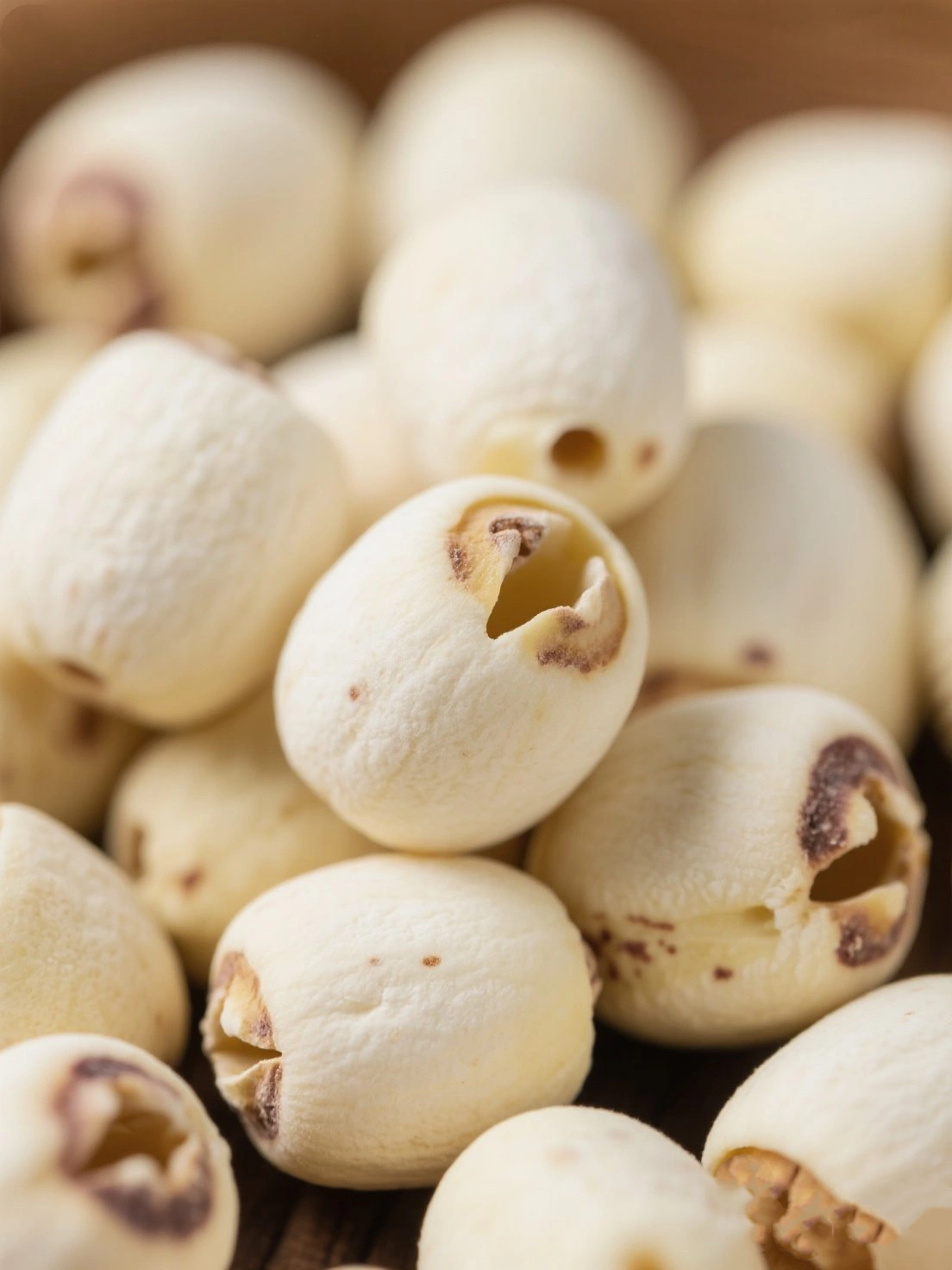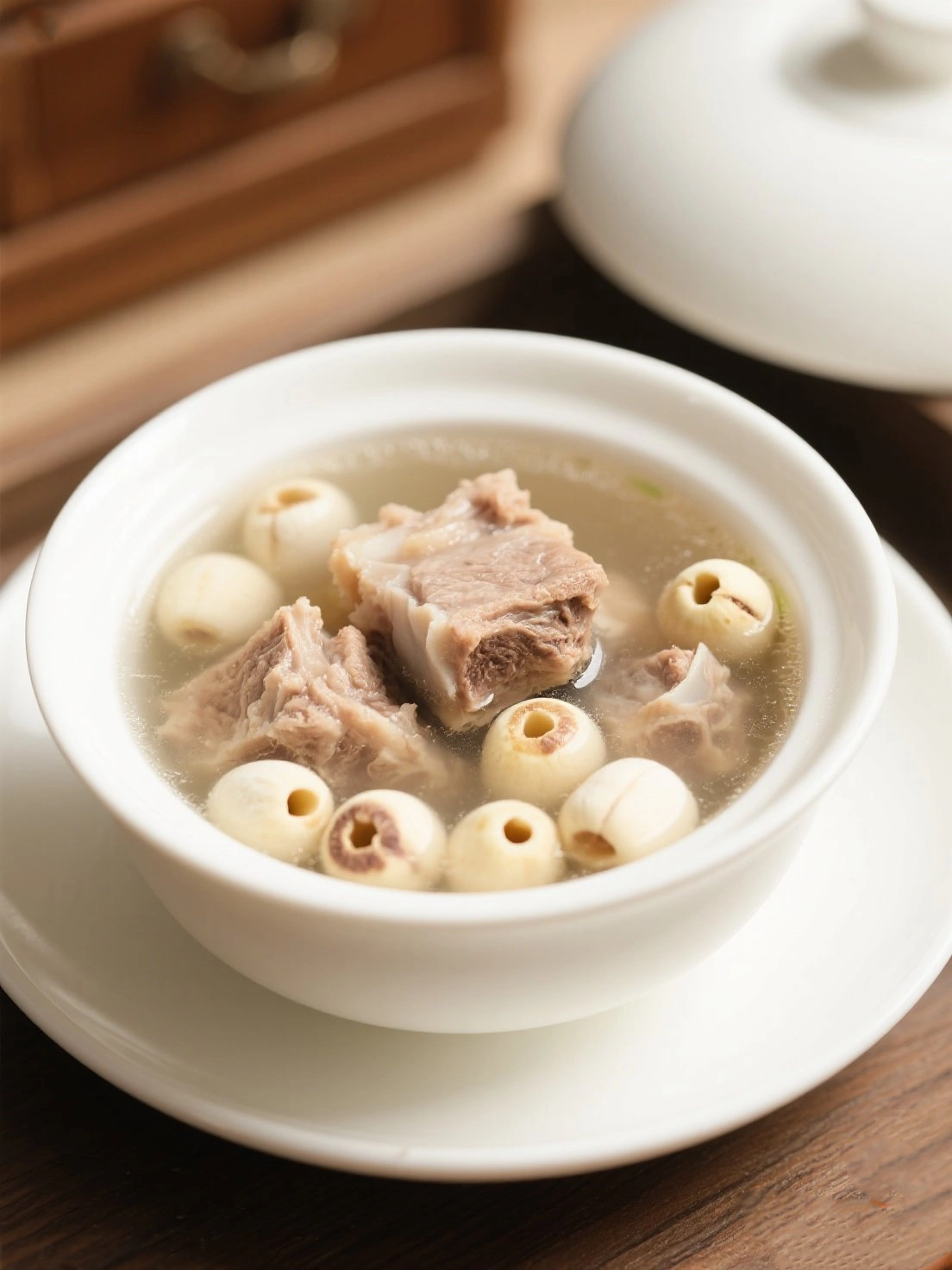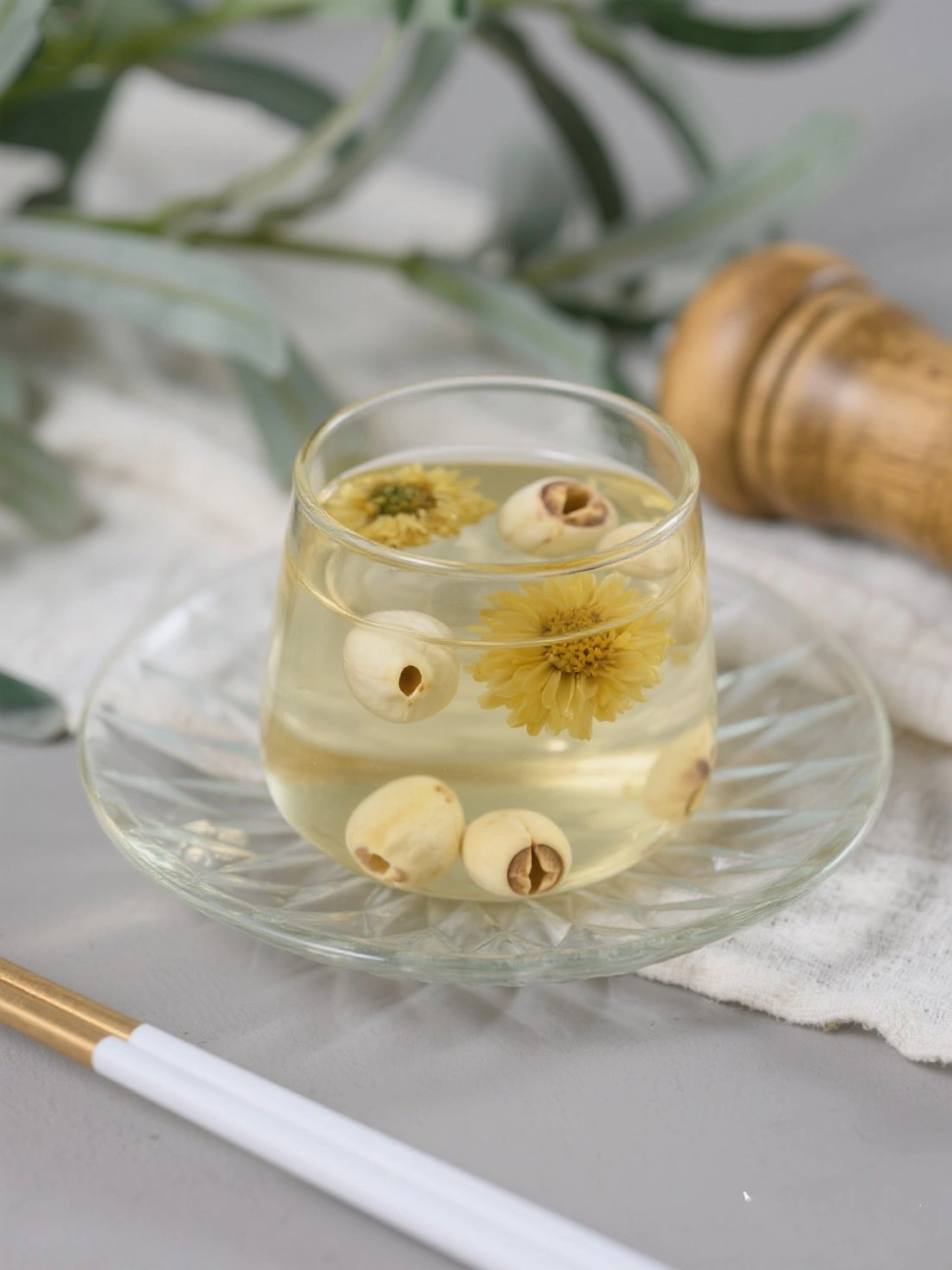Nutritional Value and Health Benefits of Lotus Seeds

Nutritional Composition (per 100g dried lotus seeds)
- Calories: 350 kcal - energy-dense food
- Carbohydrates: 64g - including 18g dietary fiber
- Protein: 15g - complete protein source
- Magnesium: 210mg - 50% of daily needs
- Phosphorus: 626mg - 90% of daily needs
- Minerals: Potassium, zinc, iron, calcium
Health Benefits
- 🌸 Rich in antioxidants that combat free radicals
- 🌸 High in fiber for digestive health
- 🌸 Contains L-isoaspartyl methyltransferase for anti-aging
- 🌸 Good source of plant-based protein
- 🌸 Traditionally used in Chinese medicine for calming effects
Tip: Soak dried lotus seeds overnight before cooking to reduce cooking time and improve digestibility. Remove the bitter green embryo for sweeter taste.
Lotus Seed Harvesting Guide
1
Lotus Cultivation
- Grows in shallow ponds or flooded fields
- Requires full sun and warm temperatures
- Plant rhizomes in spring when water reaches 15°C
2
Flowering & Pod Formation
- Flowers bloom in summer (June-August)
- Seed pods develop after petals fall
- Each pod contains 10-20 seeds
3
Harvest Timing
- Harvest when pods turn brown (late summer)
- Seeds are mature when pod tips start to open
- Best collected in early morning
4
Harvesting Technique
- Cut pods from stems with sharp knife
- Wear gloves to protect from prickly stems
- Remove seeds immediately or dry whole pods
5
Processing
- Remove seeds from pods
- Peel outer green shell for fresh seeds
- Dry in sun or dehydrator for storage
Summary: Lotus seeds are typically harvested in late summer and can be eaten fresh or dried for long-term storage. The entire process from planting to harvest takes about 4-6 months.
Harvesting Lotus Seeds
Watch traditional lotus seed harvesting methods in China's lotus-growing regions
Delicious Lotus Seed Recipes
From traditional Chinese desserts to modern health foods - explore various ways to enjoy lotus seeds!
Lotus Seed Recipe Video Tutorials
Follow along with these videos to easily create delicious lotus seed dishes.




